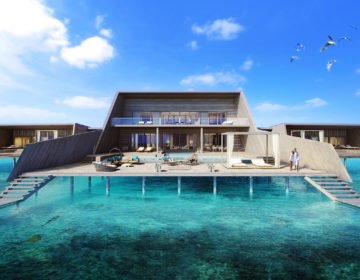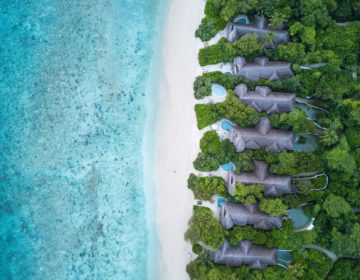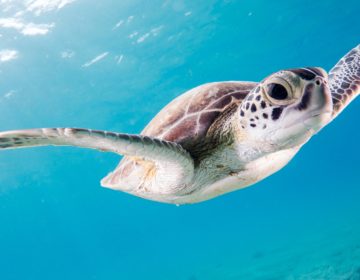President Ibrahim Mohamed Solih has declared Keylakunu Island of Haa Dhaalu Atoll along with its reef and lagoon area, and the wetlands and mangroves of Neykurendhoo Island and Baarah Island as Environmental Protected Areas. The President made the decision following a paper presented by the Ministry of Environment during a Cabinet meeting in 2018.

Keylakunu Island
Keylakunu Island is an uninhabited island located in the center of Haa Dhaalu Atoll. Keylakunu Island hosts one of the most extensive untouched mangrove forests in the Maldives dominated by huge trees of Avicenna Marina – a rare species that is found throughout the world.
The island was last inhabited 200 years ago before a tropical storm destroyed the island forcing its resident to move to nearby islands. It was later leased to the private sector for agricultural development.
There were previous plans to use the island for resort development which raised alarm from both local and international environmental experts and the general public and also promoted the social media campaign #SaveKeylakunu.
 Keylakunu Island hosts one of the most extensive untouched mangrove forests in the Maldives. Photo credit: Twitter
Keylakunu Island hosts one of the most extensive untouched mangrove forests in the Maldives. Photo credit: Twitter
Neykurendhoo Island
Neykurendhoo Island is an inhabited island located the center of Haa Dhaalu Atoll. One of the larger islands in the atoll, Neykurendhoo Island has a population of fewer than 1,000 people. The wetland area of Neykurendhoo is located on the eastern side of the island and contains two separate bodies of water.
Most of the wetland area is inaccessible due to thick vegetation, leaving the beauty of the area largely intact despite infrequent deforestation is some parts of the wetland.
 Mangrove Wetlands of Neykurendhoo Island
Mangrove Wetlands of Neykurendhoo Island
Baarah Island
Baarah Island is located on the eastern rim of Haa Dhaalu Atoll, the northernmost atoll of the Maldives. One of the largest islands of Haa Dhaalu Atoll, Baarah Island has a population of a little over 1,000 people.
Baarah Island has numerous wetland and mangrove areas. One of the mangrove areas was used by national hero Sultan Al Gazi Mohamed Thakurufaanu Al Auzam (Bodu Thakurufaanu) as a hideaway for his boat Kalhuofummi during his campaign against the Portuguese conquerors during the late 16th century. The island has ten different bodies of water, which can be considered different wetland areas, some of which were initially single bodies of water that were later divided into separate regions over time from both man-made and natural causes.

(Source: Maldive Islands, January 2018, Issue 11)



